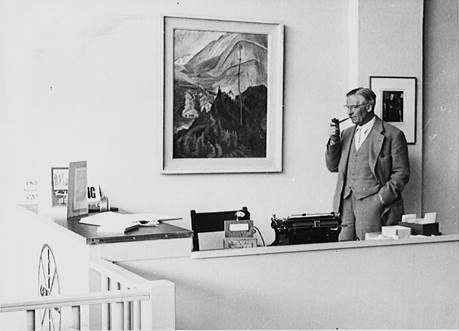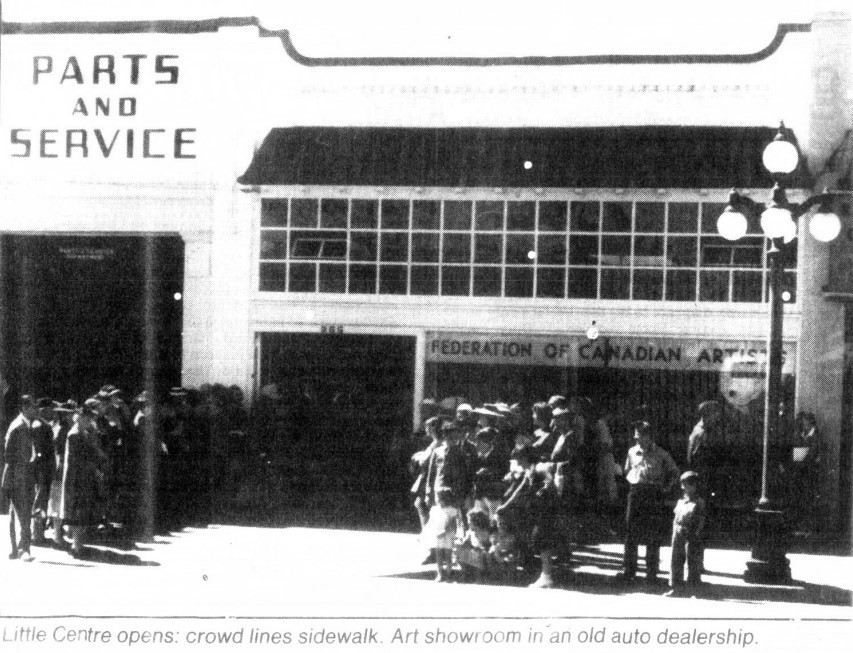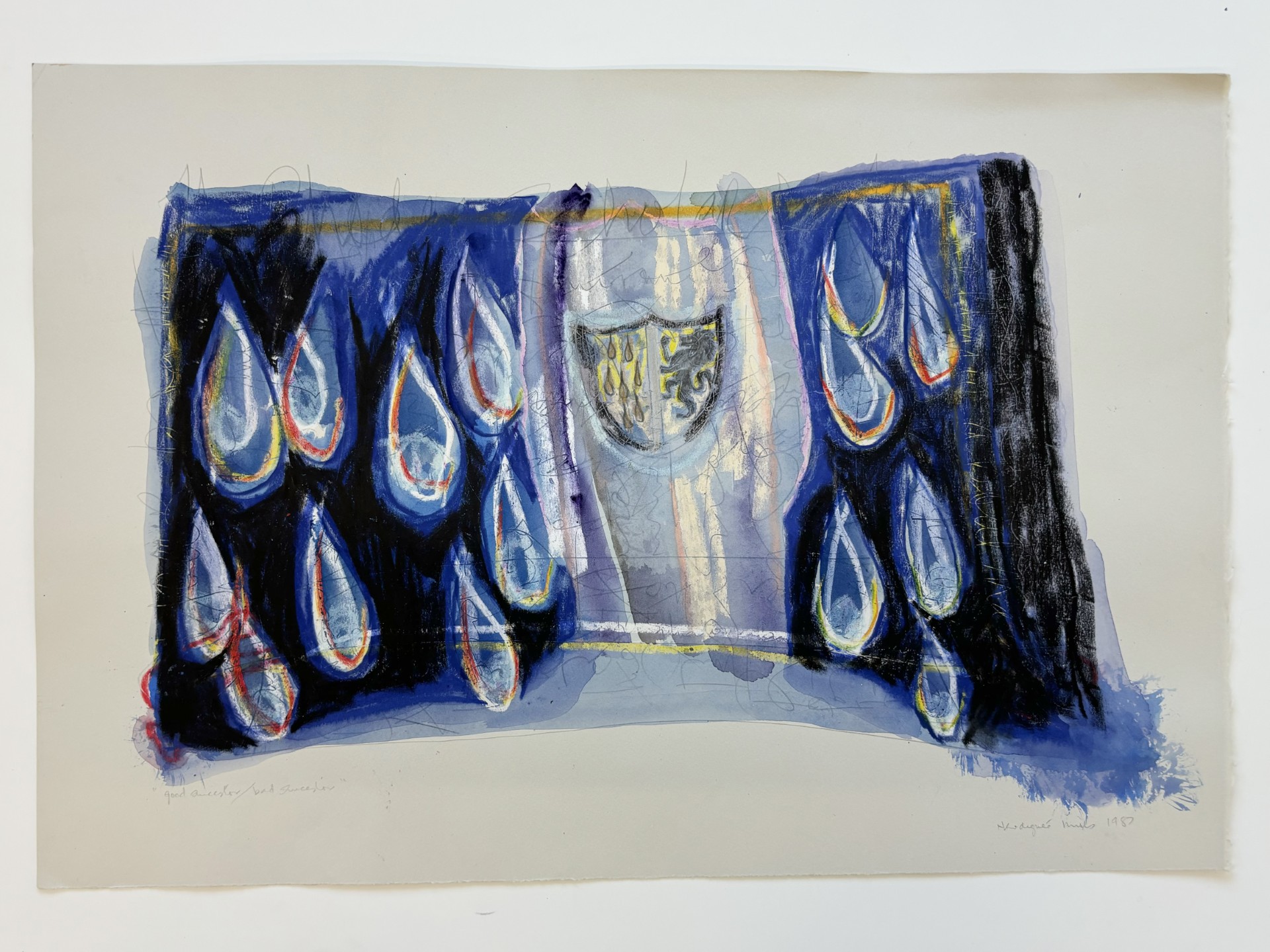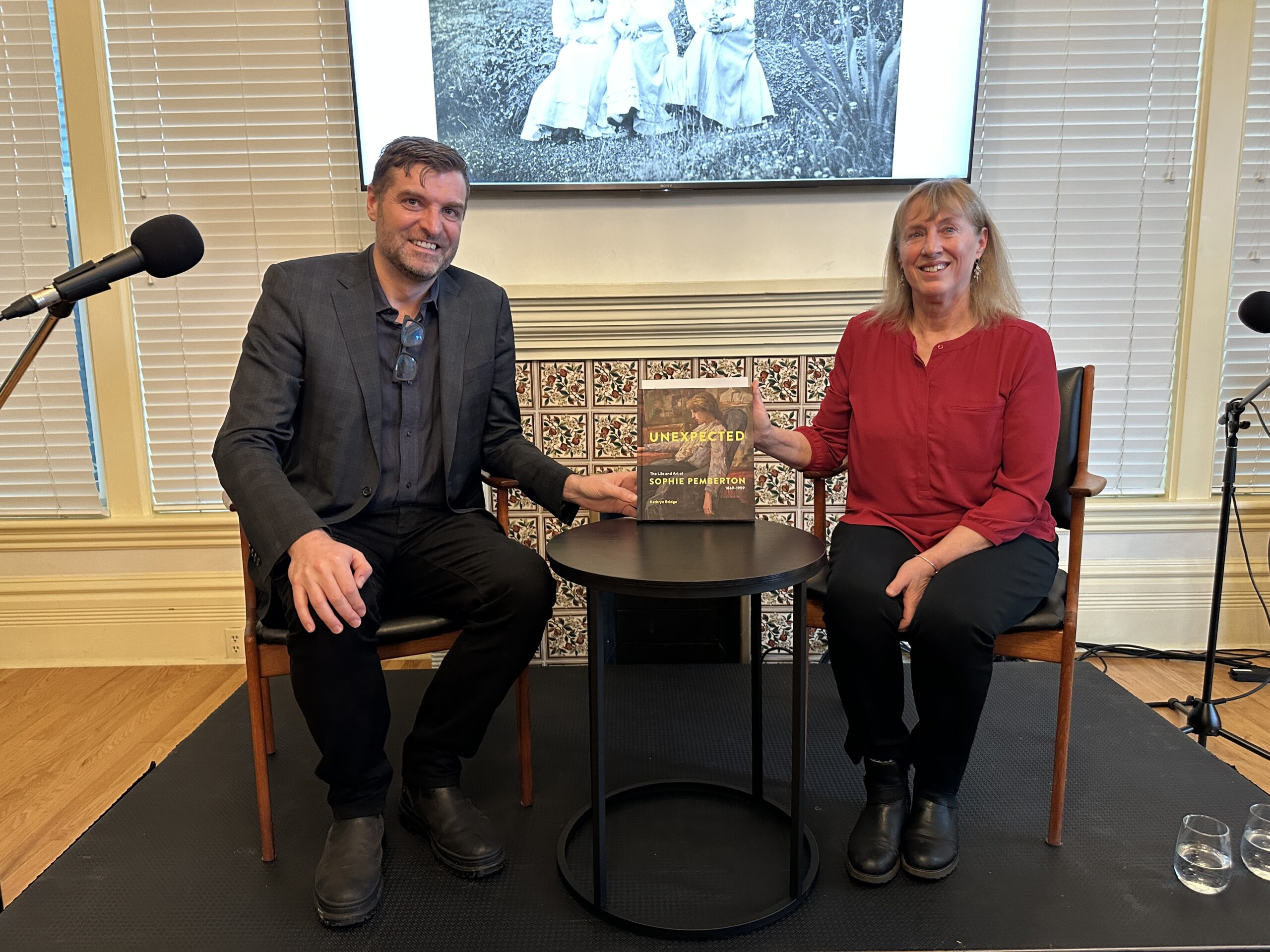In the early 1940s English-born artist Mark Kearley arrived on Vancouver Island and settled in Metchosin with his family. Kearley had previously lived in Switzerland (after fleeing Germany where he had been held as a prisoner of war during WW1) and had travelled throughout Europe, visiting its great art museums. He was astonished that Victoria lacked a visual arts exhibition facility given the caliber of gifted artists the capital city had already produced such as Ina Uhthoff and Emily Carr.

In 1932 Carr had made efforts to establish a public “People’s Gallery” in her home. It is said that the mayor of Victoria at that time denied her request for municipal support, saying, “my goodness, we already have Beacon Hill Park with its white bear, parrot cage, and duck pond. What more could the city want?”. Had this offer been welcomed with ongoing financial support from the City, it is highly likely the greatest of Carr’s artworks would have stayed in Victoria rather than being received by the Vancouver Art Gallery upon her death.
Other calls to construct a centralized civic art gallery were similarly rejected, notably one in 1938 by John and Katherine Maltwood, who would later leave a generous bequest to the University of Victoria. Carr and Kearley were both founding members of the Federation of Canadian Artists (FCA), a then nationwide body of working artists that included Lawren Harris, Arthur Lismer, and A.Y. Jackson. Established in 1941, the FCA’s objective was to unite Canadian artists through workshops, exhibitions, and seminars. The FCA circulated travelling exhibitions throughout Canada, but in Victoria there was no permanent venue for these shows to exhibit.

On October 21 1944, Kearley assembled a committee of friends and acquaintances to discuss what could be done about the lack of a proper public art gallery. This group, which met in the basement of St. Margaret’s school, included Uhthoff and the artists Isobel Hobbs, Clip Turpin, Wil Menelaws, and H.G. Parker. Following this meeting the group resolved to form a branch of the FCA. This Vancouver Island branch would at first be comprised of a number of local artists, although Carr was not among them as her health had been failing for several years – she would pass away in March 1945.
The committee grew quickly, and in November of that year sponsored its first exhibition of work by the Chinese artist Chang Shu-Chi at the Empress Hotel. Another exhibit was held at Spencer’s Department Store (now The Bay Centre) showing sketches by, among others, A.Y. Jackson and F.H. Varley. Other exhibits were mounted in any small marginal space that was temporarily available. Lectures were also held, and included artists such as Lawren Harris who visited from Vancouver to give a talk on the Group of Seven.

By 1946 the Victoria branch of the FCA had raised enough funds through its exhibitions and events to secure a gallery space in a disused automobile show room at 965 Yates Street. The space was only offered temporarily due to slow wartime car sales, so Kearley gave it the modest name of “The Little Centre.” Its inaugural exhibition would be a touring exhibition from the National Gallery of work by Emily Carr, marking a year since her death. In December 1946 a motion was made to withdraw from the FCA over a dispute regarding high membership fees. The Little Centre would no longer be a regional branch but instead a society unto itself, with its own membership and mission. At that same time Board President Mark Kearley announced he would return to Switzerland; however his modern, European sensibility was imprinted in the Centre’s programming. Over the next year the Centre’s volunteers and small staff, led by Uhthoff, hosted lectures, films, musical events, and exhibitions by local artists such as Sophie Pemberton, the Group of Seven, as well as works from outside Canada. When the automobile industry picked up, the lease at Yates Street was terminated and the Centre would seek out a new location.
Written by Anu Henderson, AGGV Administrator, Curatorial and Learning & Engagement
Please join us on Thursday, October 17, from 5-9pm for a Public Open House in celebration of the Gallery’s birthday. Enjoy refreshments, explore our current exhibitions, and take in a display of select works from our collection in the Spencer Mansion, as a special treat!
LEARN MORE
Stay tuned for Part 2 of this article in the upcoming winter edition of the AGGV Magazine: The Little Centre gallery hops to a new downtown location and the chatelaine of the Spencer Mansion makes a compelling proposal which divides the Board and City Council.



